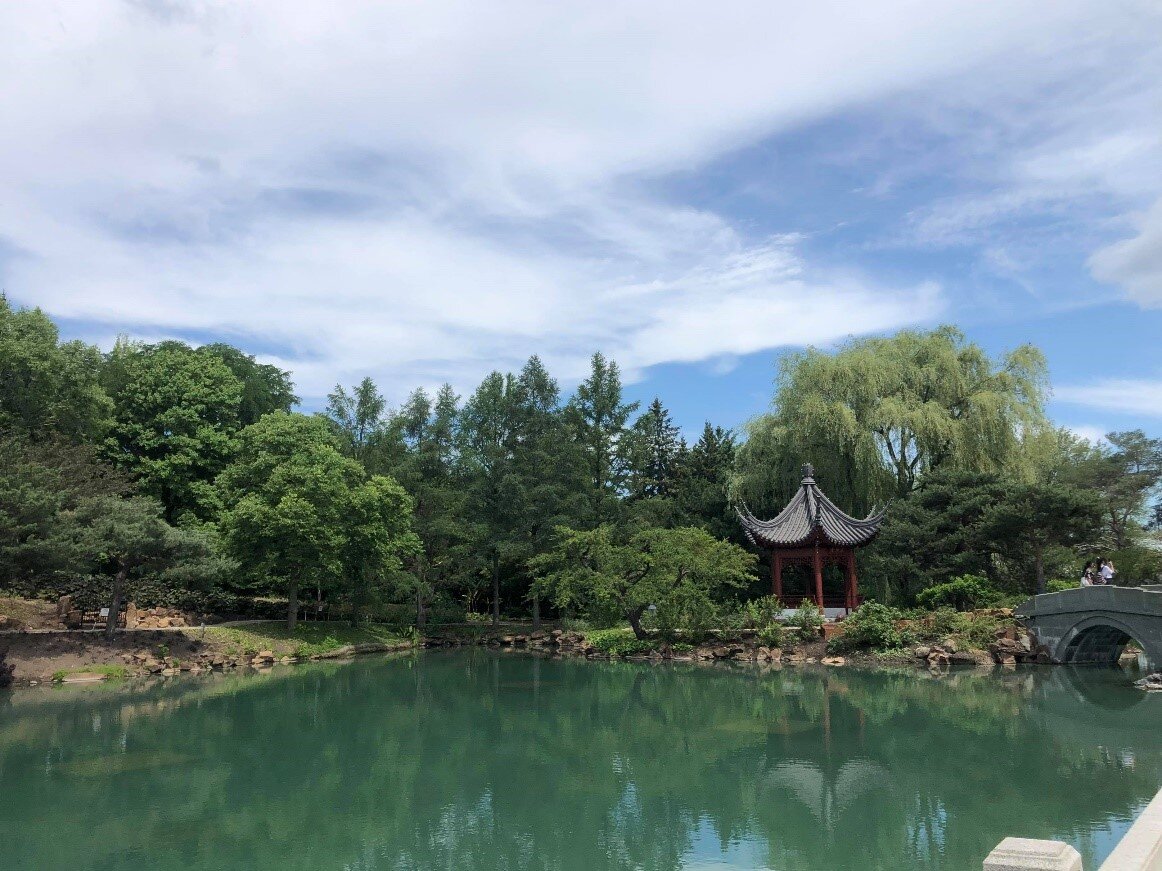If the only effective recipe to prevent the spread of Covid-19 was to stay at home, at least 800 million people around the world who do not have a proper home or live in informal settlements where physical distancing is almost impossible, could not fulfill it, according to the UN Human Rights Council report. Homelessness and housing inequality have long been challenging governments worldwide - especially those countries that have historically ignored poverty, marginalization, stigmatization, and discrimination issues. The COVID-19 outbreak just exposed and exacerbated this chronic homelessness crisis into a housing emergency of global dimensions.
“Housing has become the front line defence against the coronavirus. Home has rarely been more of a life-or-death situation.”
Leilani Farha - UN Special Rapporteur on the right to adequate housing
The pandemic raised many questions about important aspects of human rights laws relating to the right to housing; national and local governments have no choice but rapidly act to respond to the crisis: evictions and rental contracts cancellations were temporally suspended, measures to protect renters and mortgage payers were established and overall, facilities that provide services for homeless people, including shelters, drop-in centers, and soup kitchens were created or enlarged. Although being valuable measurements to mitigate the impacts of COVID-19 and also key actions that could contribute to future outbreaks, the problem is far away from being solved and one main question still remains: beyond temporary measures, are the governments ready to move towards a more permanent solution to ensure that the right to adequate housing is protected and fulfilled for homeless people, persons who live in informal settlements and so many other vulnerable groups?







